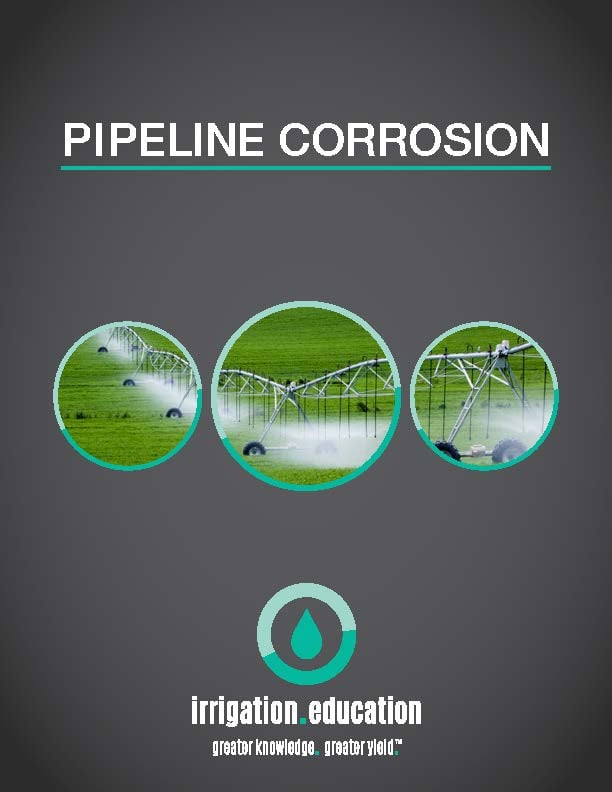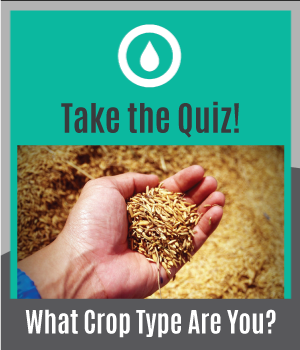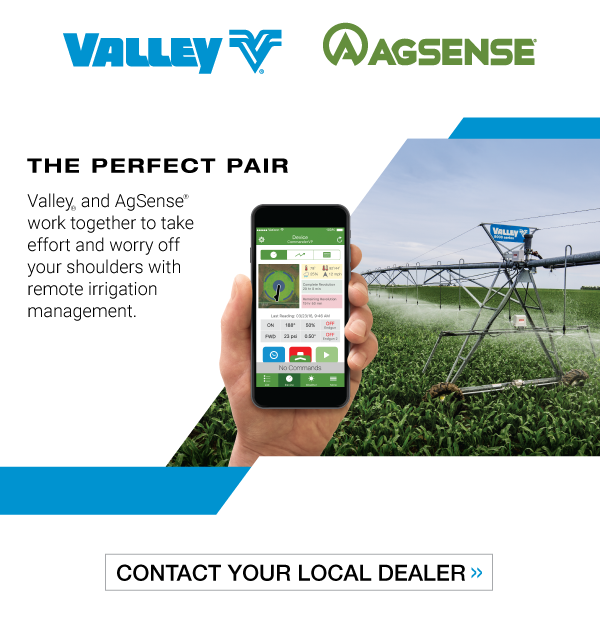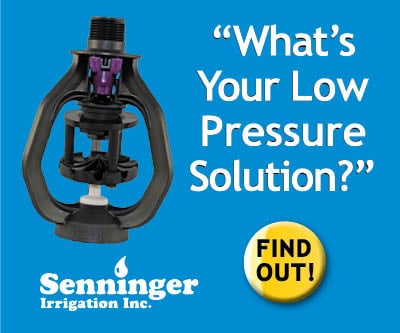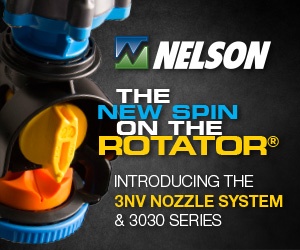This year’s irrigation season is ending for many farmers across the western hemisphere. Several are already out in their combines, and reaping the fruits of their labor.
During harvest time, it’s tempting to neglect pivots while focusing on getting crops out of the field and into a bin. Yet this is one of the best times to ensure that your pivot is in top condition for next growing season.
We suggest you take a look at this end-of-season checklist so you can prevent unwanted surprises and ensure that your crops will be irrigated properly next year.
1. Get Your Sprinkler Package Chart
Find a copy of the sprinkler package chart. This contains the location of all sprinklers and pressure regulators along the center pivot. It will also include detailed information for each sprinkler’s nozzle size or flow rate. You’ll need it a little later when you’re walking along your pivot verifying sprinkler location and noting potential issues.
2. Flush Your System
Check the main pipe running from the well to the pivot itself for any potential leaks. Next, remove the sand trap on your pivot and flush the entire system for several minutes. (Make sure the system is not under pressure when you remove the sand trap!) This will flush out any debris or foreign materials that may plug the sprinkler heads or pressure regulators.
Sprinklers on the first few spans are particularly prone to plugging due to their smaller nozzles size so we recommend a good system flush at least once a year.
3. Check System Pressures
Using a pressure gauge, verify your pressure at the pump, pivot point, and at the end of the pivot. Make sure you operate the center pivot at the design pressure.
Pressure should be at least 5 PSI above the pressure regulator rating. If you have a 10 PSI pressure regulator, your pressure gauge should read a minimum of 15 PSI. Compare the numbers to the design pressure in your sprinkler package chart to make sure everything matches.
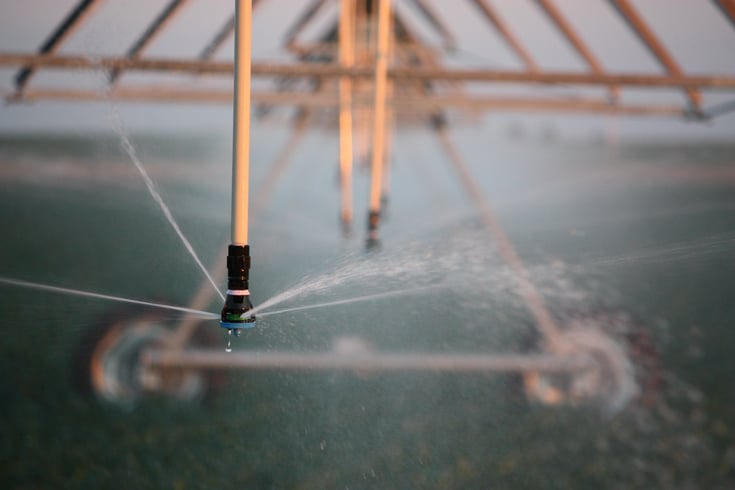
Note: It’s best to check pressure with the pivot parked in the same location!
4. Check System Flows
Sometimes farmers discover that the nozzles along each span do not correspond with what the printout indicates. This is why it’s important to keep your chart on hand.
Check the system flow rates by comparing each sprinkler to the corresponding outlet on the chart. Each sprinkler’s nozzle and flow rate should match the number on the sprinkler package chart. If the nozzles are wrong, you may be over or under watering.
If you have a flow meter, verify that it’s taking the correct measurements. Solving issues like a flow meter not receiving a signal or unstable flow rates might require a little detective work on your part using your flow meter installation and troubleshooting guide.
5. Evaluate Sprinkler’s Wetted Patterns
Visually inspect all sprinklers for potential damage, lost parts, and for consistency and uniformity in their distribution patterns. Assure that sprinkler overlap is sufficient.
Disassemble any sprinklers with poor distribution patterns or overlap and check for plugging or defective parts. Sprinklers can wear out and will stop rotating – or rotate out of control. Check sprinkler deflector pads to ensure they do not have a build-up of materials that could affect the distribution pattern or flow rate. You might also notice kinked or damaged drop hoses that need fixing.
Sprinkler issues can result in extra water being applied is some areas and insufficient water being applied in others. This affects water application uniformity and can reduce yields.
According to the University of Nebraska-Lincoln, depending on the location of the problem along the pivot pipeline, the economic impact of a single sprinkler problem can be significant in the amount of yield reduction it causes. This is especially true for sprinklers on the outer 30 percent of the center pivot.
If You Notice Something’s Off….
Hopefully, you won’t notice any runoff or a lack of uniformity while inspecting your sprinklers, but if you do:
1. Go back to your sprinkler package chart and check the nozzle sizes and placement of sprinklers that are showing problems—they may be incorrectly installed.
2. Consider evaluating your tillage practices to enhance infiltration and decrease runoff.
3. Evaluate your system and consider whether a new sprinkler package would be beneficial. Select a sprinkler device that irrigates with low application intensity over a large diameter, and creates relatively large droplets that can combat wind-drift and evaporation.
4. If you want to renozzle your system, check with your local power company for possible incentives when you switch to lower pressure systems.


